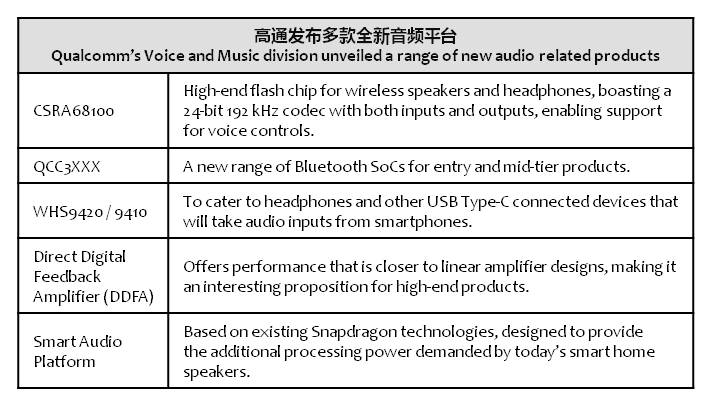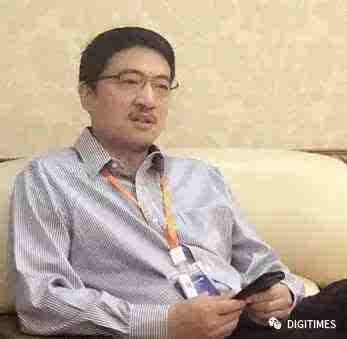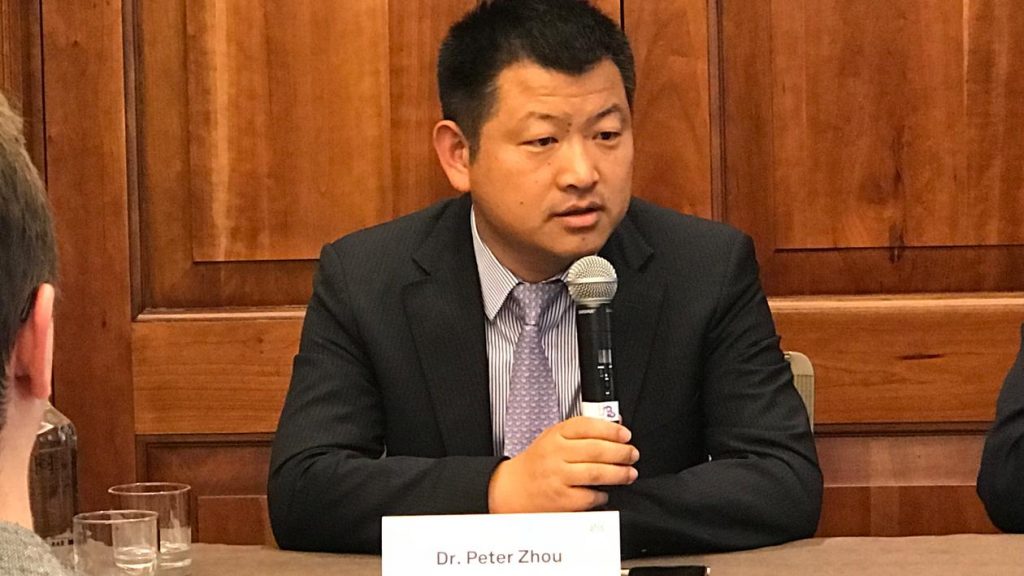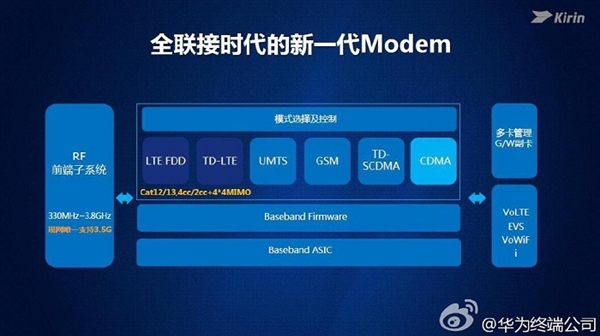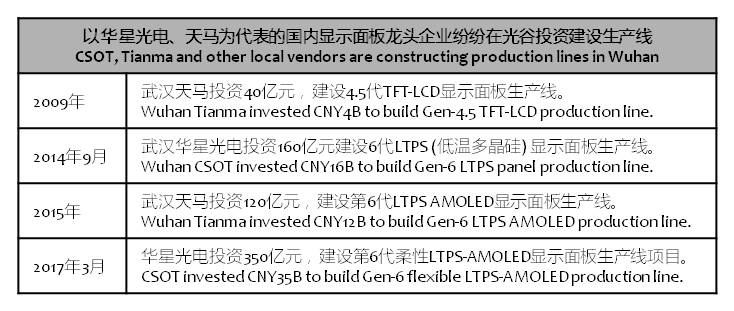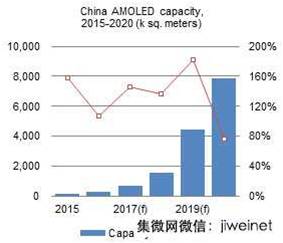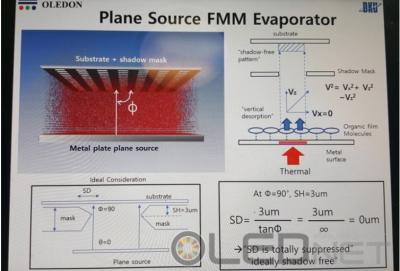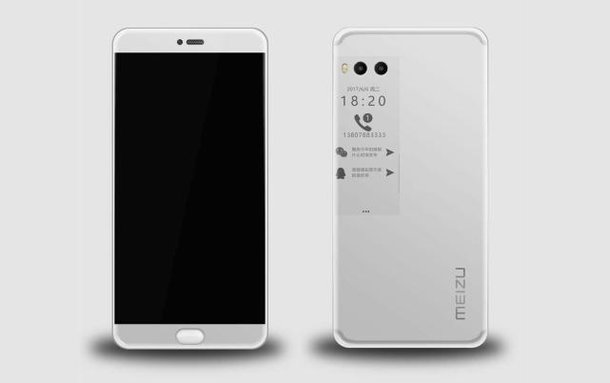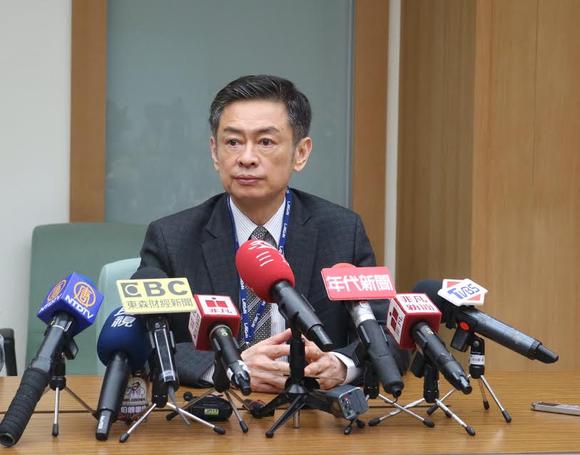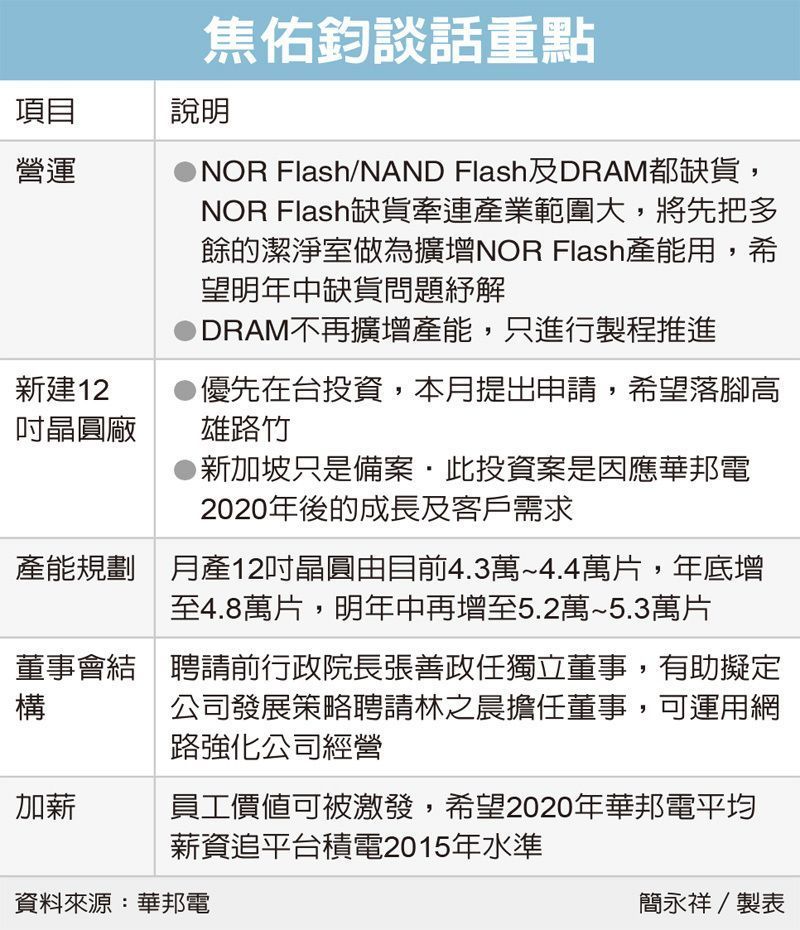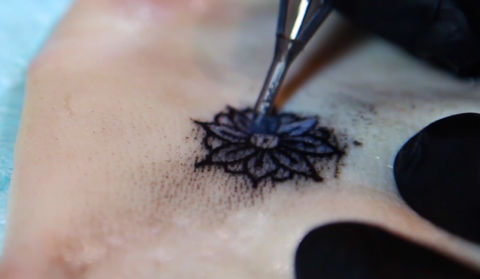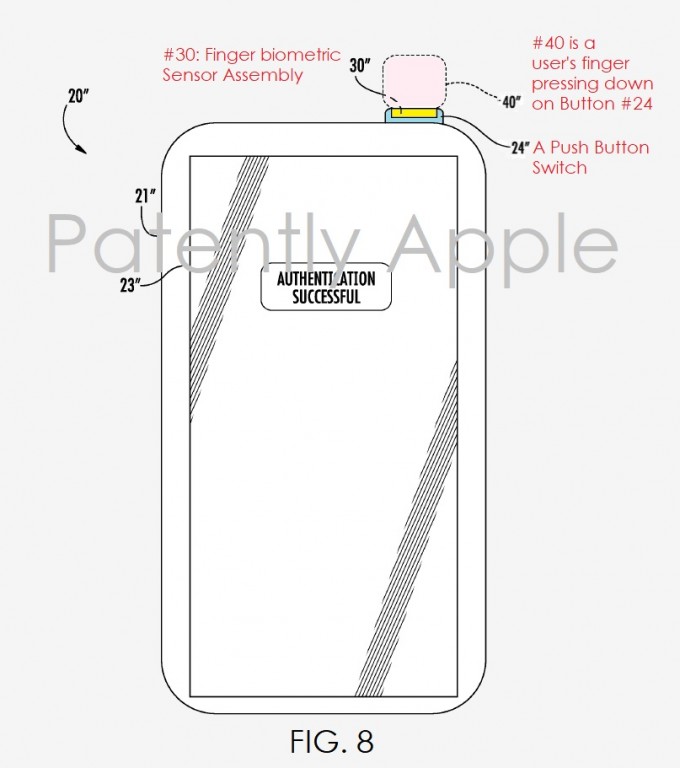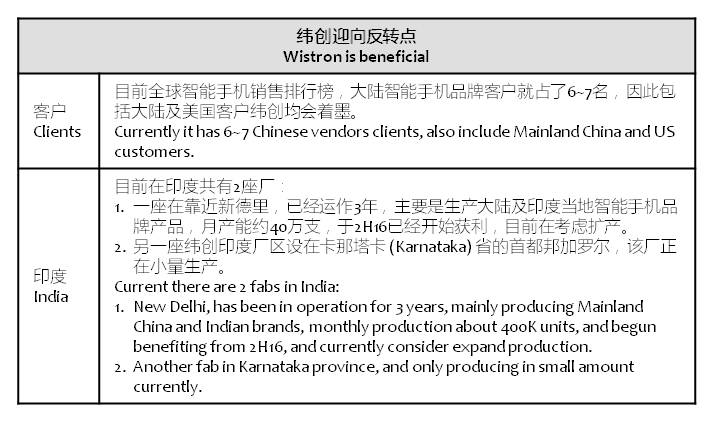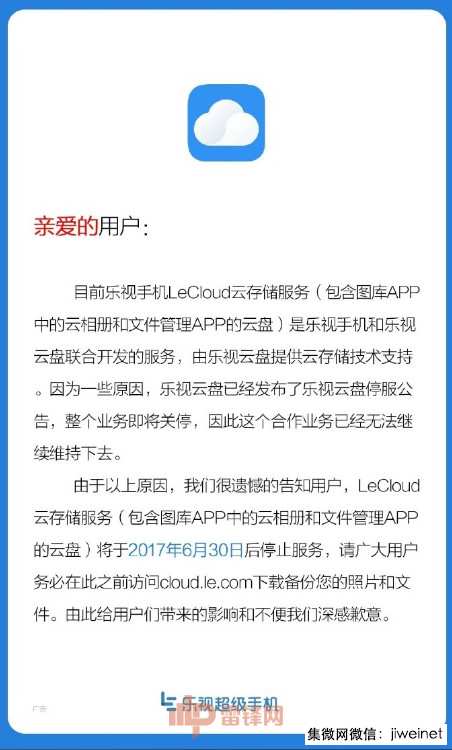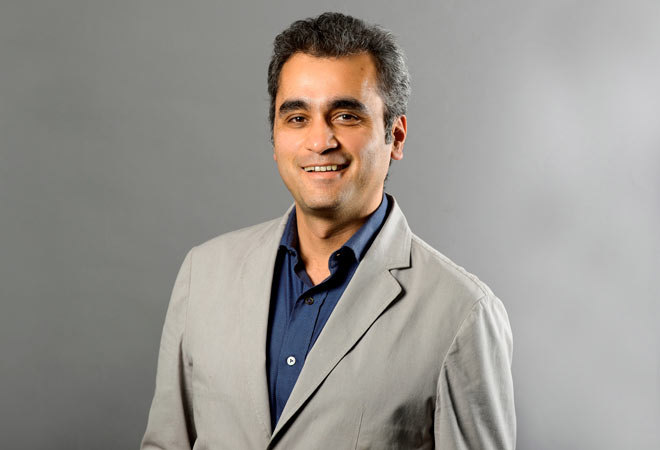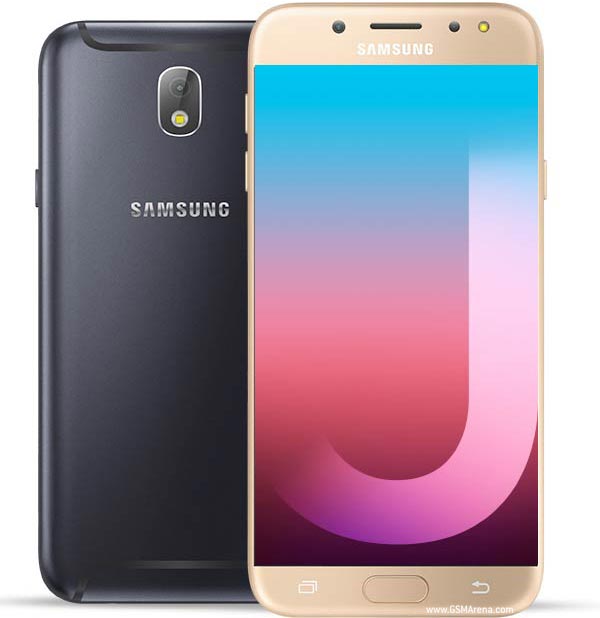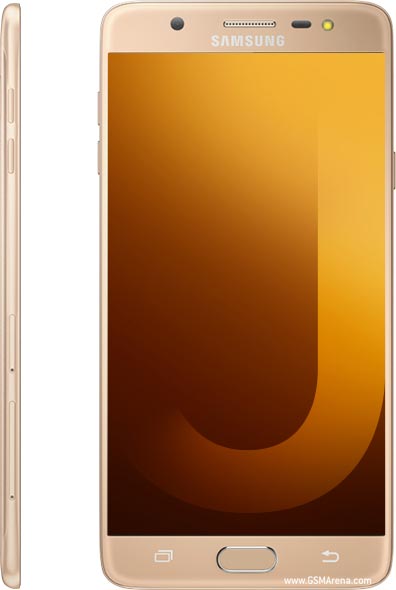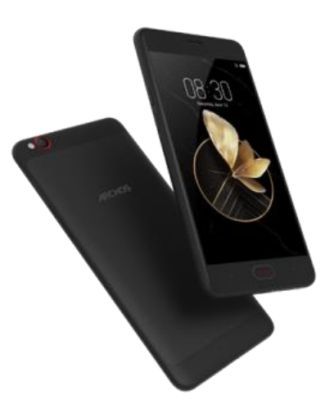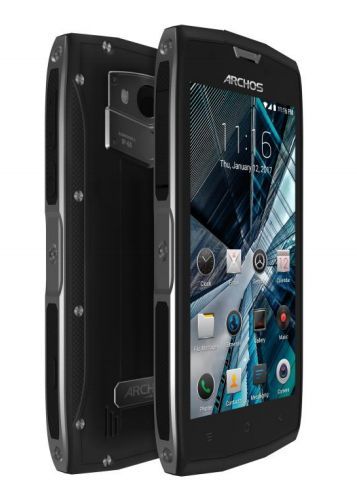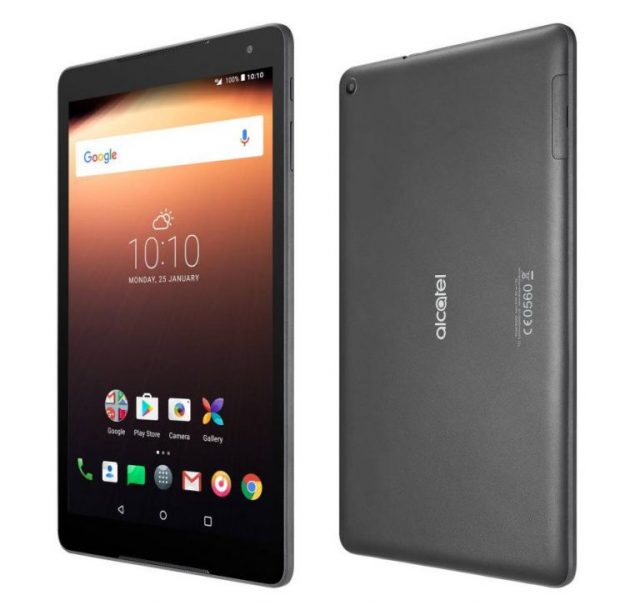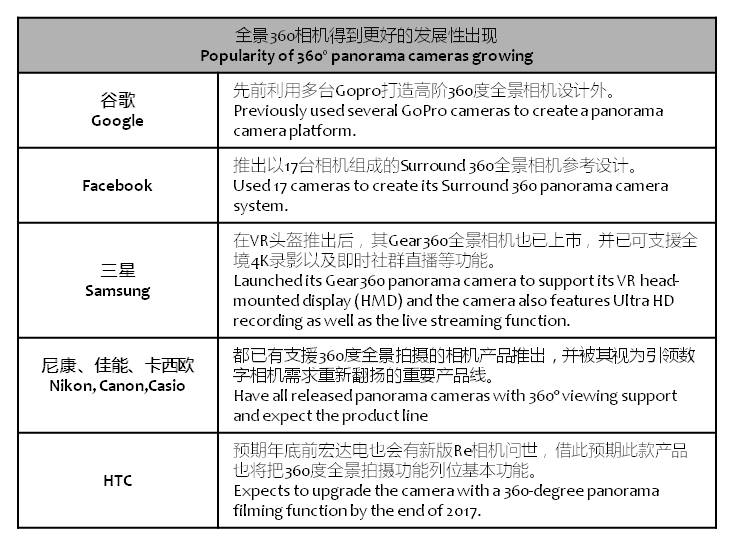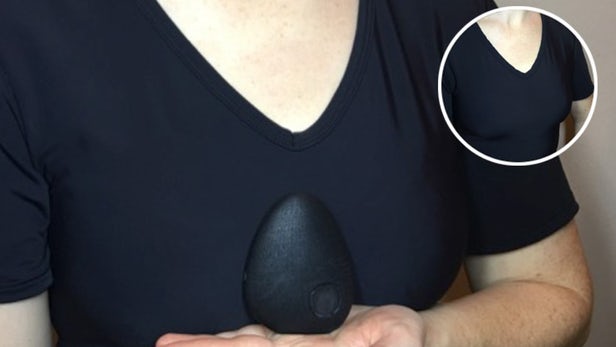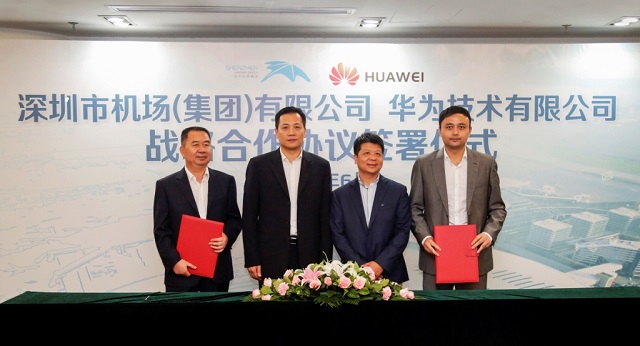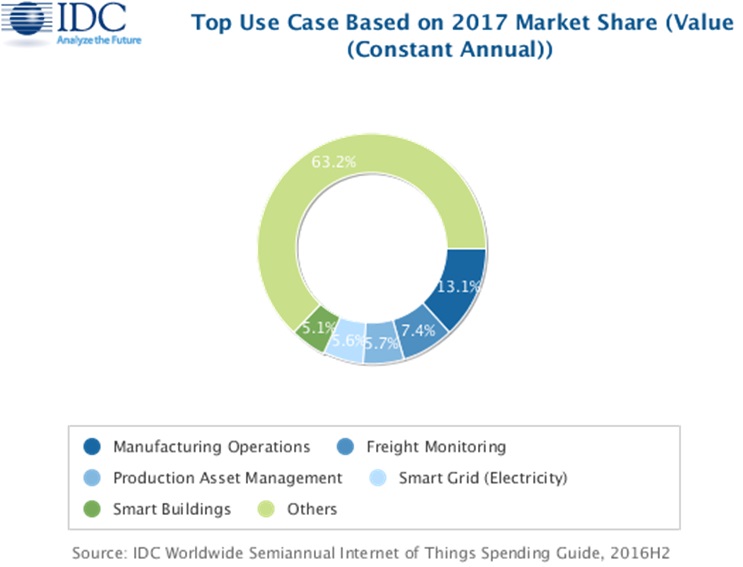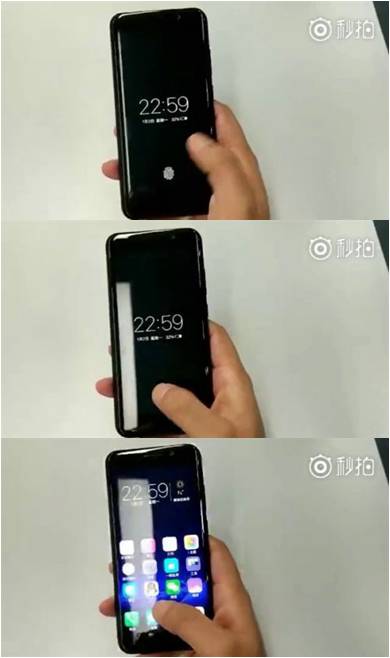
06-16: Due to work, absent for 2 days, sorry. Last 2 days: Google’s chipsets; Spreadtrum and its 5G progress; Huawei HiSilicon’s 5G; etc.
Chipsets
Manu Gulati, who helped to develop custom chips for many of Apple’s iOS products, is now working at Google, with the official title of “Lead SOC Architect”. (Android Headlines, Variety, The Verge, Android Authority, Sina, Laoyaoba)
Earlier 2017, Qualcomm announced its chipsets will no longer be referred to as “processors” but as “Mobile Platforms”. It will stop using MSMxxxx as its naming method, instead, they are using SDMxxx. (Gizmo China, My Drivers)
To meet the new demands of today’s smart speakers, wireless headphones, and new interfaces like USB Type-C, Qualcomm’s Voice and Music division has unveiled a range of new audio related products. (Tabtimes, Android Authority, Android Headlines, Laoyaoba)
United Microelectronics (UMC)’s technology is entering 14nm, expecting to enter production and shipment soon. Xiamen’s UMC is also entering 28nm, and expects 14nm to enter production soon, and will bring in revenues in 2017. After bringing in 28nm, expects to produce 5000 units quarterly in 3Q17. (Laoyaoba, EE World, China Times)
China is striving to substantially improve the self-sufficiency rate for ICs in the nation. With strong government support, manufacturing capacities at China-based IC foundries and backend firms are set to expand significantly during the period of the country’s 13th 5-year plan, according to Digitimes Research. China-based suppliers of processors, FPGA chips, IoT and information security related chips, and memory chips are also being supported by local governments according to the central government’s “Internet Plus” and “Made in China 2025” initiatives. (Digitimes, press, Sina)
Intel commits USD178M to build a ‘smart and green’ R&D facility in India. The company added that it has invested north of USD4.5B in India since 1999. (VentureBeat, Intel, CN Blogs, Sohu)
As Apple-designed chipsets only for itself, thus its importance has always been overlooked. However, its chipset volume already makes the company one of the top chipset vendors. Apple reportedly is developing Neural Engine chipset, and has already put in testing on iPhone prototype. (EE World, Digitimes, Bloomberg)
Kang Yi, global advance technologies & projects VP at Spreadtrum, said the company has started research and development of 5G chips and is playing an active part in China’s 5G trials. The company plans to launch standards-based mobile 5G chips as soon as a global 5G standard is rolled out. (Laoyaoba, Renren, Sohu, Sohu, China Daily)
Globalfoundries announced the availability of its 7nm Leading-Performance (7LP) FinFET semiconductor technology, delivering a 40% generational performance boost to meet the needs of applications such as premium mobile processors, cloud servers and networking infrastructure. Design kits are available now, and the first customer products based on 7LP are expected to launch in 1H18, with volume production ramping in 2H18. (Laoyaoba, EE Focus, TechNews, Times Union, Forbes, Globe Newswire)
Dr. Peter Zhou, Huawei’s Chief Marketing Officer for Wireless Solutions indicates that HiSilicon, Huawei’s Kirin system-on-a-chips (SoC), is currently developing a 5G modem for use in a next-generation chip for Huawei consumer smartphones. (My Drivers, CN Beta, Computer Base, Cblog)
Nokia debuted its FP4 silicon, a new chipset 6 times faster than currently available processors. With the ability to move 2.4Tbps, the company says FP4 is the world’s first multi-terabit network processor silicon capable of delivering terabit IP flows. FP4 will be used to power the Nokia 7750 Service Router (SR)-s and Nokia 7950 Extensible Routing System (XRS)-XC. (VentureBeat, ZDNet, SDN Lab, CNW)
Touch Display
In 1Q17, LG Display (LGD) shipped 35.42M units, which accounted for 21.4% of the global shipment of 9” or larger panels, according to IHS Markit. The total shipment of 9” or larger display panels in 1Q17 came to 165M units around the globe, 8% down compared with 1Q16. (Android Authority, Korea Herald)
Shenzhen China Star Optoelectronics Technology (CSOT) has formally started construction of a Gen-6 LTPS-AMOLED display panel production line in Wuhan, Hubei province. With a total investment of CNY35B (USD5.1B), the project is expected to begin production in the second quarter of 2019 and achieve mass production in the first quarter of 2020, with 45,000 modules set to be manufactured each month. (Laoyaoba, People.com, CN Hubei, China Daily)
Two better ways to extend battery life is for technology companies to adopt Micro-LED displays and perhaps flexible fuel cells which are on the horizon. (Patently Apple, Laoyaoba)
China’s AMOLED smartphone panel shipments will increase to 3.53M units in 2018, according to Digitimes Research. 7 China-based panel makers have been expanding existing or setting up new AMOLED production capacities, with the total annual capacity estimated to increase from 272Km2 in 2016 to 7.864Mm2 in 2020, representing an overall CAGR of 131.9% from 2016-2020. (Digitimes, press, Laoyaoba)
OLEDON announced that it has developed a plane-source evaporation shadow mask process that can achieve a shadow distance of 0.38um – which can enable OLED display resolution to reach 2,250PPI. The company says it technology will be able to achieve 3,300PPI in the future. (OLED-Info, OLEDNet, KK News, 163)
A couple of leaked renders of Meizu Pro 7 have surfaced suggesting that the device will have a front display and feature a secondary display, which will be made from e-ink. (Liliputing, Anzhuo, Gizmo China)
Witsview reports that increasing screen to body ratio and narrow bezel are 2 major trends in smartphone design for 2017 and are expected to drive changes in specifications of smartphone panels. Specifically, the display’s aspect ratio is moving from the mainstream 16:9 to 18:9 (2:1), which is also known as the full screen format. WitsView estimates that around 10% of smartphones shipped worldwide in 2017 will have displays with 18:9 or higher aspect ratios. (My Drivers, Laoyaoba, LTN, CNYES, TechNews, TrendForce, TrendForce, press)
Camera
Largan Precision CEO Adam Lin indicates that 3D sensing module for smartphones will ship in 2H17. Although it did not identify brands by name, industry experts believe that these camera components are for the iPhone 8. (Asia Nikkei, Apple Insider, UDN, Investor, China Times)
Memory
NOR Flash supplier Macronix chairman Jiao Youjun indicates that demand of NOR Flash is high and the company is expanding its production, hoping to alleviate shortage in mid 2018. New production will continue to increase from Jun 2017, a 12” wafer can produce 20K units IC, and will increase 2000 units wafer production, which can produce additionally 40M units. (UDN, China Flash Market, Laoyaoba)
Sensory
A new project called the Dermal Abyss between MIT and Harvard Medical School demonstrates the enormous potential of culturally and medically integrated biosensing tattoos, which change color to signal changes in the body’s metabolism. (Digital Trends, 36Kr)
Biometrics
Industry analyst Pan Jiutang reveals that Apple might be the first international vendor to adopt optical fingerprint sensor, and vivo might be the first Chinese vendor with a leaked prototype. From the supply chain, vivo’s prototype might be using Goodix’s solution. (Sohu, Laoyaoba, Qianlong)
Apple’s new patent details a unique alternative Touch ID button location as an alternative to the classic Home Button. Apple’s system promises to be smaller than prior art, allowing it to mount the button even on the sides of a slender-bezel phone. (GSM Arena, Patently Apple, Apple Insider, Sohu, Sina)
Battery
CEO Robert Hwang of Wistron, Apple’s primary iPhone manufacturer in India, has confirmed that the upcoming iPhone will be waterproof and feature wireless charging. (9to5Mac, Asian Nikkei, CN Beta, iFeng)
Smartphones
Foxconn is reportedly looking at Wisconsin for a manufacturing facility. Also pursuing the plant is Michigan, but Foxconn’s alleged focus on Wisconsin may have been presaged by remarks from President Donald Trump in a visit to Milwaukee. (Apple Insider, WSJ, CN Beta)
Wistron president Lin Xianming indicates that after several years of transition, the company sees some results in 2016. Looking forwards into 2017, he is more optimistic compared to 2016. Industry indicates that Wistron has won Apple’s iPhone 8 assembly orders, so the company could expect high level of increase in revenues. (Digitimes, Laoyaoba)
Xiaomi continues its expansion by opening an offline store in Greece. The company is already seeking tech consultants for the new Mi Home in the Greek capital Athens through a job-seeking portal. (GSM Arena, My Drivers)
Xiaomi has announced a Mi.com reward program “Reward Mi” in India allowing registered Mi.com users to obtain reward benefits while purchasing Xiaomi products from the website. (Android Authority, NDTV, Business Today)

After closing its cloud storage service, LeEco is officially announcing closing its LeEco mobile phone LeCloud service on 30 Jun 2017. (Laoyaoba, Sina, Sohu)
In regards to sales ban in UK, Huawei said in a statement that it has received the decision of the court, but it does not believe that this decision will adversely affect its business operations either in the UK or in other countries. (Laoyaoba, Tencent, iFeng, China Daily)
Samsung India Senior Vice President Mobile Business Asim Warsi said that it will further consolidate its leadership in India with frequent smartphone and services launches in coming month, having cornered 40% value market share in 1Q17. (Android Headlines, Economic Times, Sohu)
Samsung Galaxy J7 Pro and Max are announced in India: J7 Pro – 5.5” FHD Super AMOLED display, Samsung Exynos 7870 processor, 13MP + 13MP cameras, 3GB RAM, 64GB storage, Android 7.0, fingerprint sensor, 3600mAh battery, INR21,000. J7 Max – 5.7” FHD IPS LCD display, MediaTek Helio P20 MT6757 processor, 13MP + 13MP cameras, 4GB RAM, 32GB storage, Android 7.0, fingerprint sensor, 3300mAh battery, INR18,000. (GSM Arena, Samsung, Samsung)
Gionee A1 Lite is announced in India – 5.3” HD display, MediaTek MT6753 processor, rear 13MP + front 20MP cameras, 3GB RAM, 32GB storage, Android 7.0 (Amigo 4.0), 4000mAh battery, INR26,999. (GSM Arena, Android Soul)
Archos launching 4 new smartphones: Diamond Alpha – 5.5” FHD IPS display, Qualcomm Snapdragon 652 processor, dual rear 13MP-13MP + front 16MP cameras, 4GB RAM, 64GB storage, EUR299. Diamond Gamma – 5.5” HD display, Qualcomm Snapdragon processor, 13MP + 5MP cameras, 3GB RAM, 32GB storage, 3000mAh battery, EUR199. Sense 55s – 5.5” FHD display (78% screen ratio), dual rear 8MP-8MP + front 5MP cameras, 2GB RAM, 16GB storage, 3000mAh battery, EUR249. Sense 50x – 5” FHD display, MediaTek MT6737T processor, 3GB RAM, 32GB storage, IP68 certified, 3500mAh battery, EUR169. (Android Headlines, Liliputing)
PCs / Tablets
Alcatel A3 10 is launched in India – 10.1” 1280×800 IPS display, MediaTek MT8735B processor, 5MP + 2MP cameras, 2GB RAM, 16GB storage, Android 7.0, 4600mAh battery, INR9,999 on Flipkart. (GizChina)
Wearables
IT brand vendors have shown keen interests in 360º panorama cameras that support virtual reality (VR) video filming. (Digitimes, press, Laoyaoba)
UK-based BioSelf Technology touting Sensate, which sits against the user’s chest throughout the day, buzzing their breastbone when they start getting stressed out. Mounted in a chest strap and worn beneath the user’s clothing, Sensate uses integrated sensors to monitor biometric data such as heart rate, respiration, posture and body temperature. (CN Beta, New Atlas, Wearable)
Internet of Things
Shenzhen Airport Group has established strategic collaboration with Huawei. Both parties will work together on IT facility, smart park, technological innovation and training for staff. This is to establish “smart airport” innovation project. (Laoyaoba, South CN, Huawei)
The Partnership on AI, a nonprofit group researching the uses of artificial intelligence is welcoming 22 new members. 8 of the new members are for-profit companies, including Intel, eBay, Sony and Salesforce. Nonprofits, including the Electronic Frontier Foundation and UNICEF, make up the balance. (Laoyaoba, Associations Now, CNET)
IDC forecasts worldwide spending on the Internet of Things (IoT) to grow 16.7% year over year in 2017, reaching just over USD800B. By 2021, global IoT spending is expected to total nearly USD1.4T as organizations continue to invest in the hardware, software, services, and connectivity that enable the IoT. (CN Beta, IDC, press)

